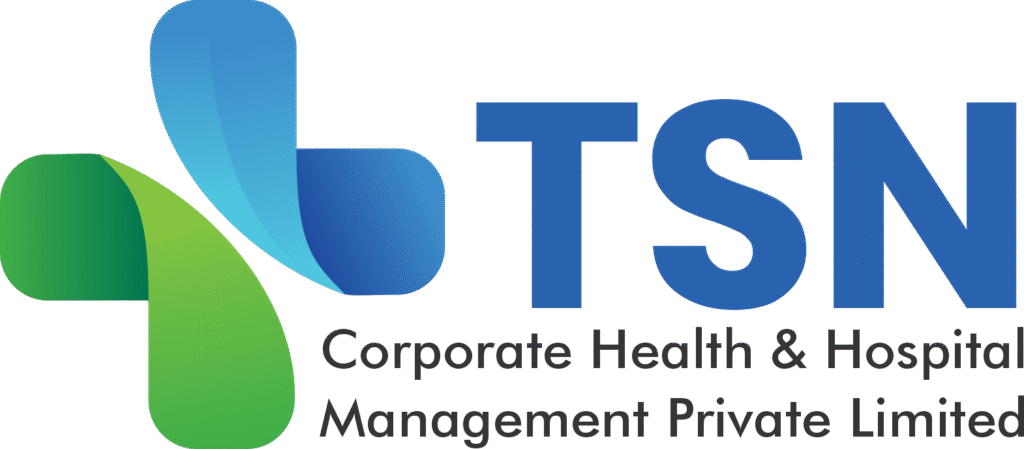Introduction
It’s been five years since the world was first thrown into the chaos of COVID-19. While the initial wave and subsequent variants wreaked havoc globally, many hoped that by 2025, the storm would be over. Unfortunately, the reality is more nuanced. COVID-19 hasn’t disappeared—it has evolved. And so have the healthcare challenges surrounding it.
Let’s break down what’s happening right now, where the world stands, and why the healthcare industry is still grappling with COVID-related complexities.
Global COVID-19 Situation in 2025
COVID-19 is now considered endemic in most parts of the world, meaning it’s a constant presence, like the flu. However, it still leads to localized outbreaks. Countries like the USA, Brazil, India, and parts of Europe continue to report periodic surges, especially during seasonal changes.
While most people are vaccinated, new variants keep health officials on edge. Global travel and urban density make complete eradication nearly impossible.
COVID-19 Variants in 2025
The virus isn’t what it was in 2020. In 2025, we’re facing several active variants, including Eris-X and Omega-3, both of which show partial resistance to existing vaccines.
These variants are not necessarily more deadly, but they spread quickly and are good at evading immune responses. Children and seniors continue to be the most vulnerable.
Vaccination Landscape
Vaccines have come a long way. The 2025 booster shots are multivalent, meaning they target multiple variants. However, rollout is uneven globally.
In high-income countries, more than 80% of people have received at least two boosters. In contrast, in low-income nations, the numbers are dismal due to affordability, access, and logistical issues.
Vaccine hesitancy also persists, driven by misinformation and distrust in pharmaceutical companies.
Healthcare Infrastructure Challenges
Hospitals haven’t had a break since 2020. Many are operating over capacity with burned-out staff. While the acute crisis phase is over, the “silent strain” continues—long-term complications, mental health cases, and staff shortages.
Doctors and nurses are quitting faster than they’re being replaced. Supply chain disruptions mean shortages of oxygen cylinders, testing kits, and even basic medications.
Technological Advancements in Healthcare
It’s not all doom and gloom. The pandemic accelerated digital health innovation. Telemedicine is now mainstream. From rural villages in India to urban centers in the US, patients can consult doctors without leaving home.
AI-driven diagnostic tools and wearable devices are helping manage chronic COVID symptoms. Portable oxygen concentrators and smart monitoring kits are life-savers in remote areas.
Public Health Policy and Preparedness
Many governments have become more proactive. Emergency response teams, contact tracing apps, and national stockpiles of PPE and ventilators are now standard.
But policy effectiveness varies. Some countries still struggle with bureaucratic red tape, while others are facing public backlash for imposing lockdown-like restrictions even in 2025.
Mental Health Crisis Post-Pandemic
One of the biggest hidden waves is the mental health tsunami. Anxiety, PTSD, and depression have skyrocketed. Frontline workers are the worst hit.
Yet, mental healthcare remains underfunded and stigmatized in many places. There’s a desperate need for accessible, affordable psychological support systems.
Economic Impact on Healthcare Systems
COVID-19 has drained national budgets. While defense spending continues, healthcare often sees cuts or stagnation. Many hospitals have shut down non-essential departments to divert funds to COVID wards.
Pharmaceutical companies have increased the cost of drugs, straining the pockets of the poor.
Long COVID and Chronic Conditions
A significant portion of recovered patients are dealing with Long COVID—fatigue, breathlessness, brain fog, and cardiac issues.
It’s a medical mystery still being decoded. Long COVID clinics are springing up, but treatments are experimental and expensive. For many, this condition has become a lifelong burden.
Accessibility and Inequality in Care
The divide between urban and rural healthcare is glaring. City dwellers have better access to vaccines and specialists, while rural populations struggle with basic diagnostics.
The same inequality exists across income levels and ethnic lines. Indigenous and minority communities report higher fatality and infection rates due to systemic neglect.
Global Collaboration and Research
Despite political tensions, the scientific community is working together. WHO’s new “Pandemic Prevention Protocol” has helped nations share real-time data and develop region-specific strategies.
Joint vaccine production, especially in Africa and Southeast Asia, is helping build self-reliance.
Misinformation and Public Trust
The internet in 2025 is still a double-edged sword. While access to information is easy, misinformation spreads like wildfire.
Anti-vaccine groups have evolved and now use AI-generated fake news to sway public opinion. Combating this requires not just regulations but also rebuilding public trust in science and authority.
Education and Awareness
Public health education has entered classrooms, offices, and even Instagram reels. Schools now teach basic virology and hygiene habits. Corporates include health training in employee onboarding.
Still, consistent messaging remains a challenge, especially in linguistically diverse regions.
Conclusion
COVID-19 may no longer be the global emergency it once was, but it continues to challenge us in more subtle, persistent ways. From new variants to old healthcare gaps, the pandemic’s ghost still lingers in hospital corridors and public discourse.
The road ahead is about resilience, innovation, and equity. It’s no longer just about beating the virus—it’s about transforming the way we think about healthcare, preparedness, and humanity.


